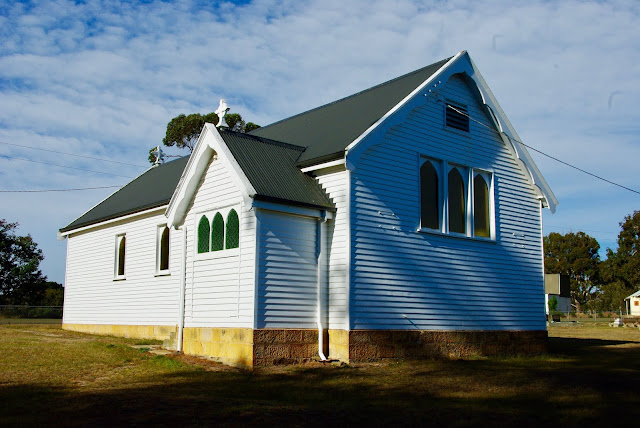No. 403 - The Ellesmere Presbyterian Church [Scottsdale]

The Presbyterian church at Scottsdale was one of three of the town’s churches that were initially established at Ellesmere, a settlement which lies about a mile north of the Tasman Highway. Over a period of two or three decades the population centre of the settlement shifted from Ellesmere towards ‘Tucker’s Corner’ which was renamed Scottsdale by the 1890’s. The first church built at Ellesmere was the Union Church which was established in 1863. This was frequented by ministers from different denominations including the Wesleyan Methodists, Presbyterians and Anglicans. However, the spirit of religious harmony began to wain in mid 1870’s after the arrival of William Brown and Charles Perrin, two evangelical preachers, representing the Plymouth Brethren. Subsequently a division in the congregation resulted in a group breaking away from the Union Chapel in 1876 and establishing a Gospel Hall. A second schism occurred in 1878 when a group supporting the Wesleyan minister broke aw



